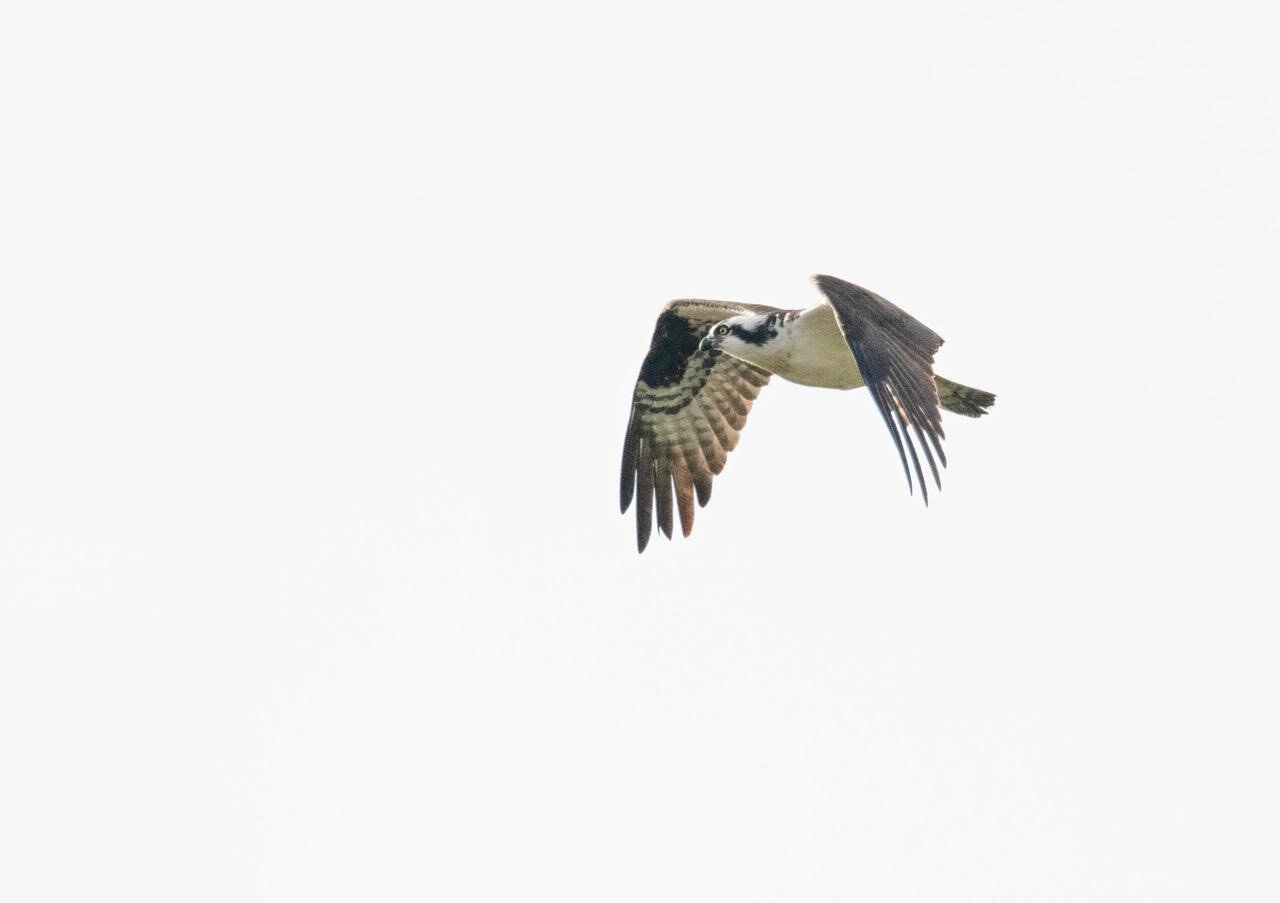Hot Bird Summer: How Birds Keep Cool in High Temps
The month of June has brought unusually high temperatures to Minnesota. In fact, the ongoing heat wave has set a record number of consecutive days so early in the summer season with high temperatures. As we keep cool indoors with air conditioners, fans, or out in the water, birds have their own methods of keeping cool in hot weather.
Birds have a variety of remarkable physical and behavioral adaptations that equip them to withstand hot weather.
1. Panting (open beak) and ‘gular flutter’
Birds do not have sweat glands like we humans do, so they cannot thermoregulate and lose their body heat excess via sweating. One of the ways they compensate for their inability to sweat is by panting, especially passerines. Other birds, like Cormorants, Herons, or Great Horned Owls do what is called the ‘gular flutter’ -breathing rapidly with an open beak while vibrating a membrane located in their head/neck. When a bird is cooling down by gular fluttering, you can see quivering in their neck.
A Double-crested Cormorant thermoregulates with gular fluttering Photo: Flickr user @naturekind
2. Urohidrosis (i.e. defecating on their own legs)
Pooping is a common cooling mechanism in species with featherless legs like turkey vultures. Bird droppings consist of feces, urine, and urates, which they are all excreted together through the cloaca. The urates are the solid whitish part, and that is why we see turkey vultures’ legs with white color when it is very hot-they are just cooling themselves off.
Turkey Vulture Photo: Flickr user hharryus
4. Looking for shaded areas
Birds also look for shaded areas where they can avoid direct sunlight. This is especially important during breeding season when chicks are immobile and less able to thermoregulate.
Yellow-throated Vireo. Photo: Keith Olstad
5. Water
They may also spend more time on the water, dipping their toes/legs, and even taking a whole bath to cool off.
6. Adjusting times of activity
Birds may avoid being active during the hottest hours of the day, reserving activity for the early and late hours of the day when it is cooler, conserving energy.
A Great Egret perches before dawn Photo: Flickr user @geoffwhalan
7. Flying at higher altitudes
Researchers have suggested that soaring birds may fly at higher altitudes when it is hot. However, there is little data to support this hypothesis due to the difficulty of conducting a scientific experiment to measure and compare soaring altitudes at different temperatures.
An Osprey in flight Photo: Keith Olstad
Despite these amazing adaptations, record high temperatures across the United States is putting stress on birds. In Arizona, where temperatures have reached 120 F, wildlife rescue centers have observed an increased number of bird admissions suffering from ‘heat stress’ . As climate change increases the frequency of extreme weather events such as heatwaves, we can expect to see new adaptations in some bird species, as well as sad outcomes for birds that can’t adapt to a rapidly changing climate.
How can you help:
1. Provide water: You can help birds by providing water baths in your backyard. Make sure to change the water daily so that it remains clean and avoid filling it up too deep.
2. Support bird conservation in Minnesota: Volunteer and donate to organizations like Audubon Chapter of Minneapolis to support bird conservations and fight climate change.
3. Reduce your carbon footprint: Here are some tips on how to do so: https://www.nytimes.com/guides/year-of-living-better/how-to-reduce-your-carbon-footprint
In a recent study, researchers used the community science database, eBird to analyze how a range of North American bird species reacted to extreme weather events, including to temperature and precipitation changes. They found that, on average, temperature had a bigger impact than precipitation on the distribution of individual bird species over the short term. The researchers also observed that periods of extreme heat had stronger impacts on less common, long-distance migrants compared to short-distance migrants and resident birds, suggesting that rarer species are also the most vulnerable to high temperatures. While the study was limited by possible bias of birders tending to report observations of rarer, long-distance migrants to eBird, this research offers critical insight on how birds are responding to climate change.
Other resources:
How do birds keep cool in the summer? (U.S. Fish & Wildlife Service)
How to Help Birds Beat the Heat (Audubon Society)
The Many Ways Birds Beat the Heat (Audubon Society)
Avian responses to extreme weather across functional traits and temporal scales (Cohen et al. 2020)
The physiology and biomechanics of avian flight at high altitude (Altshuler and Dudley. 2006)
Large birds are dropping from heat stroke in Arizona as temperatures near 120 degrees (The Tribune)
Irene Bueno, ACM Board member, PhD/Avian Veterinarian





